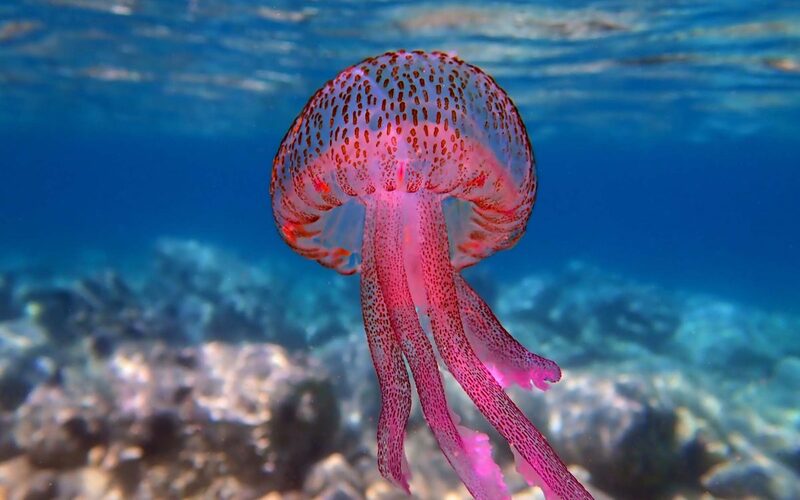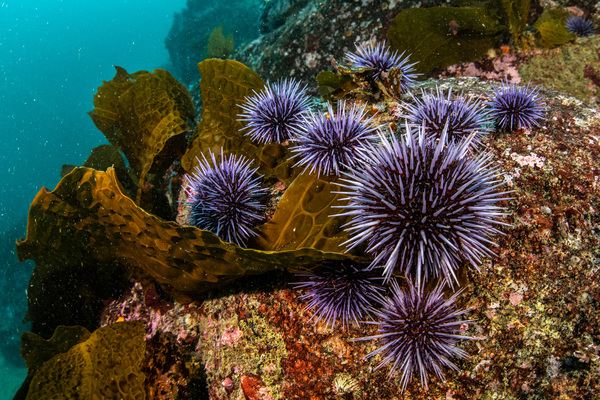
Sea Urchin
Echinoidea
Table of Contents:Introduction to Sea UrchinsTypes of Sea UrchinsHabitat and···
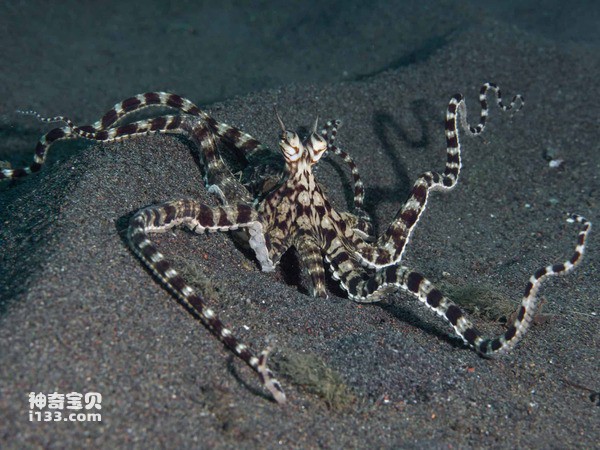
Mimic Octopus
Mimic Octopus: The Master of Disguise in the OceanThe mimic octopus (Thaumoc···
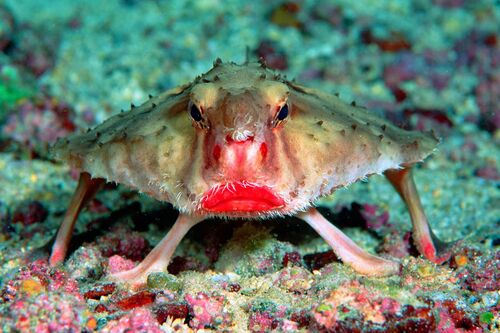
Ogcocephalus darwini
Red Lipped Batfish,Galapagos batfish, Daphnia galapagos batfish
The Red-Lipped Batfish (scientific name: Ogcocephalus darwini) is one of the···
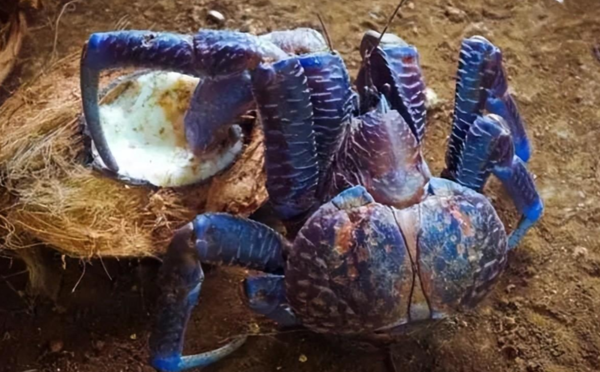
Birgus latro
Coconut Crab,Gossip crab, robber crab
Coconut crab (scientific name: Birgus latro, foreign name Coconut Crab), als···
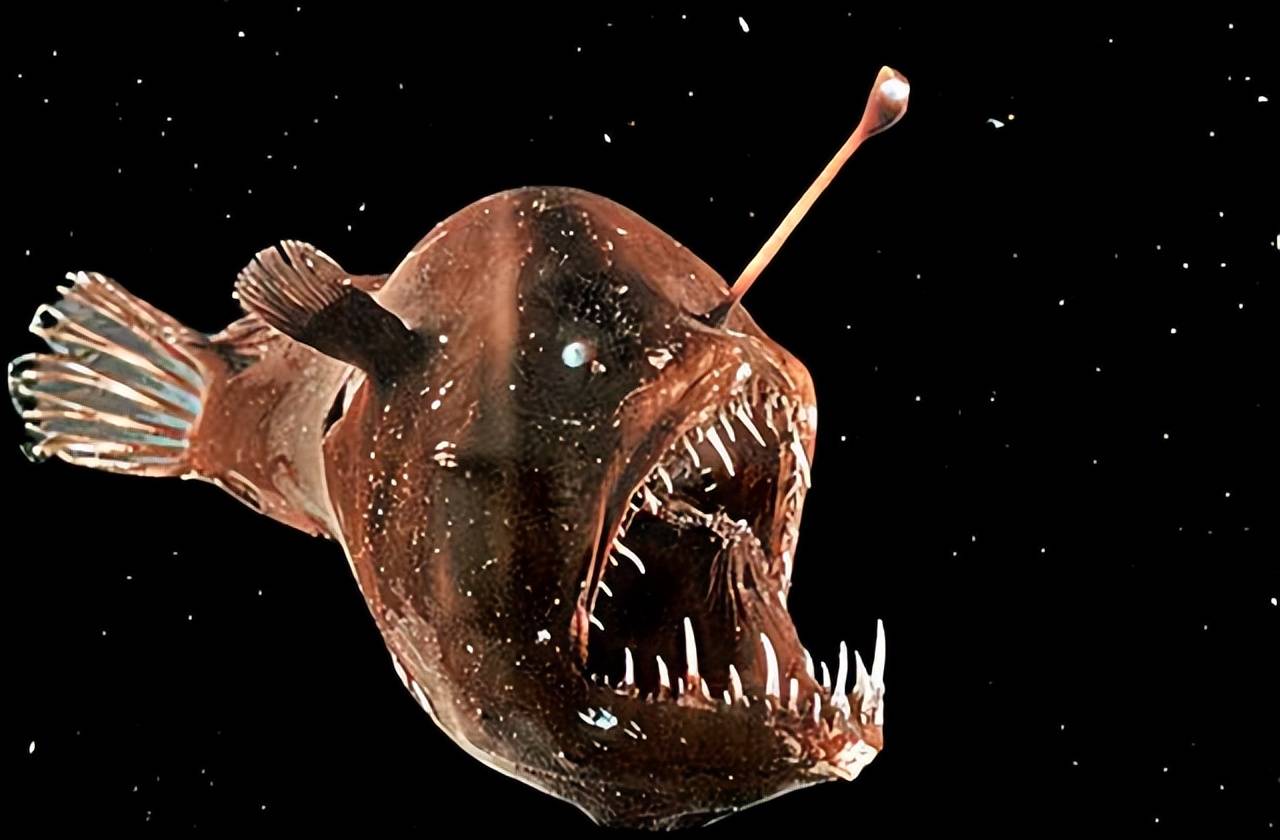
Lophiiformes
anglerfish,Monkfish, scale fish, toadfish, sea toad, anglerfish, stuttering fish, lantern fish, ugly woman fish
Anglerfish (scientific name: Lophiiformes) Chinese pinyin: (ān kāng), comm···
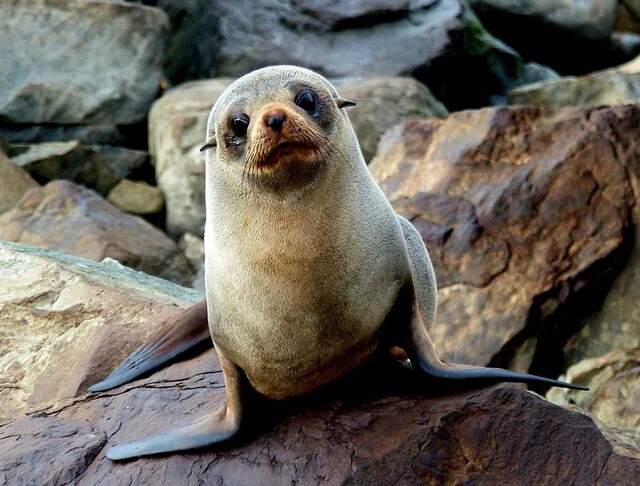
fur seal
Arctocephalinae
The fur seal is a mammal of the carnivorous order Sea Lion, subfamily Sealid···
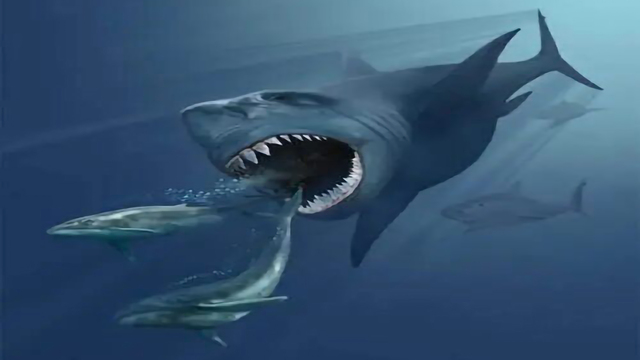
Otodus megalodon
Carcharocles megalodon,Megalodon
Megalodon (scientific name: Carcharocles megalodon, Otodus megalodon), also ···
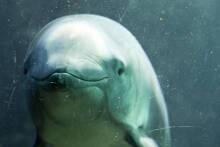
porpoise
The porpoise (Phocoena phocoena in Latin), also known as porpoise, is the mo···
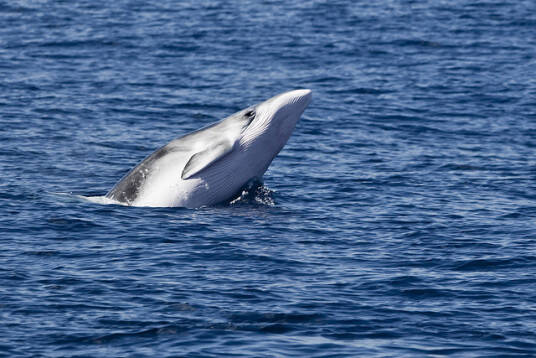
Balaenoptera bonaerensis
Antarctic baleen whale, Southern minke whale
Antarctic minke whale (scientific name: Balaenoptera bonaerensis) is also kn···
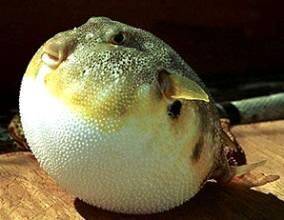
Tetraodontidae
Tetraodontidae,pufferfish、puffers,Pufferfish, boatfish, pufferfish, good fish, chicken, turtle fish
Pufferfish (scientific name Tetraodontidae) is also known as pufferfish or p···
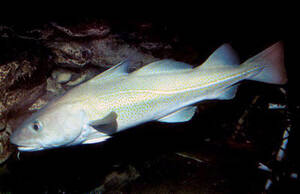
Eleginus gracilis
Eleginus gracilis,cod, bighead cod, bighead fish, bighead fish, pollack
The scientific name of cod is Eleginus gracilis. It is a kind of deep-sea fi···
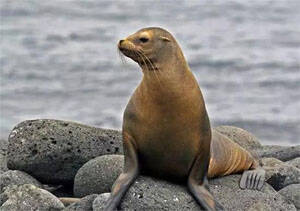
Zalophus japonicus
Zalophus japonicus
Japanese sea lion, Zalophus japonicus (Peters, 1866), is an extinct species ···
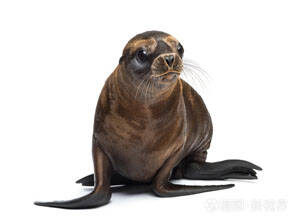
Zalophus californianus
Zalophus californianus,Californian Sea Lion
Californian Sea Lion (scientific name: Zalophus californianus), foreign name···
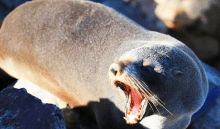
New Zealand sea lion
Phocarctos hookeri
The scientific name of New Zealand sea lion is Phocarctos hookeri, also know···
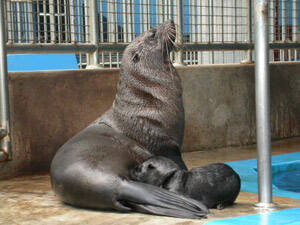
Arctocephalus pusillus
Arctocephalus pusillus,South African and Australian Fur Seal,Cape fur seal, African fur sea lion, South African fur sea lion, Australian fur sea lion
The scientific name of the African fur seal is Arctocephalus pusillus, and i···
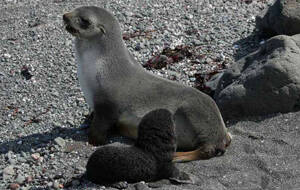
Arctocephalus gazella
Arctocephalus gazella,Kerguelen Fur seal,Island sea lions, sea wolves, Antarctic fur seals
The Antarctic fur seal (scientific name: Arctocephalus gazella) is called Ke···
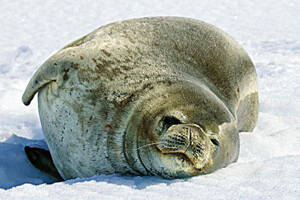
Leptonychotes weddellii
Leptonychotes weddellii,monk seal, Weddell seal, Weddell seal, Weddell seal
Weddell seal (Latin name: Leptonychotes weddellii), also known as Weddell se···
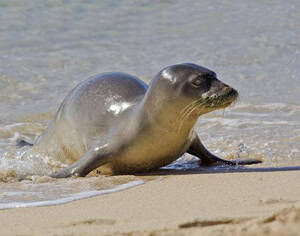
Monachus monachus
Monachus monachus,Mediterranean monk sea,Monk seal
The scientific name of the Mediterranean monk seal is Monachus monachus, and···
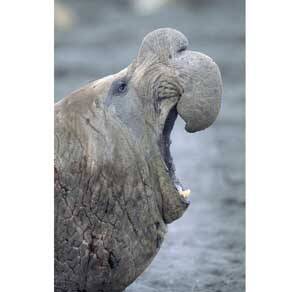
Mirounga leonina
Mirounga leonina,Southern elephant-seal
The scientific name of the Southern elephant seal is Mirounga leonina, and i···
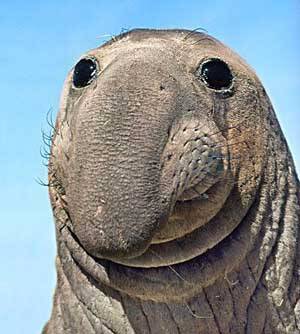
Mirounga angustirostris
Mirounga angustirostris,Northern elephant-seal,Northern elephant seal
The scientific name of the Northern elephant seal is Mirounga angustirostris···
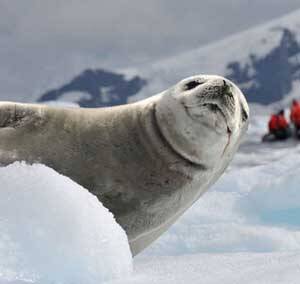
Lobodon carcinophagus
Lobodon carcinophagus,Crabeater seal
Sawtooth seals are called Lobodon carcinophagus in scientific name and Crabe···
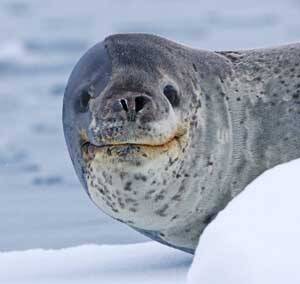
Hydrurga leptonyx
Hydrurga leptonyx,leopard seal,
Leopard seal (scientific name: Hydrurga leptonyx) is also known as leopard s···
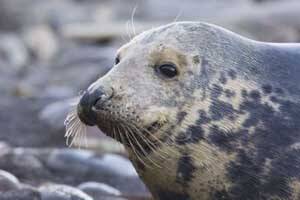
Halichoerus grypus
Halichoerus grypus,Grey seal,Atlantic grey seal
Grey seal (scientific name: Halichoerus grypus) is a large seal in the famil···
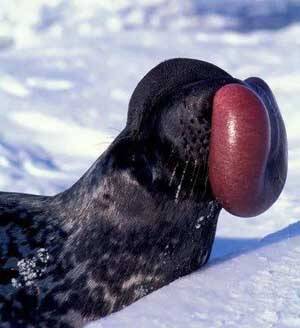
Cystophora cristata
Cystophora cristata,Hooded seal
Hooded seal (scientific name: Cystophora cristata) is also known as Hooded s···
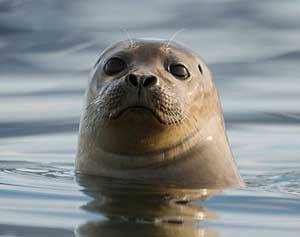
Phoca vitulina
Phoca vitulina ,Common seal
The scientific name of the harbor seal is Phoca vitulina (Linnaeus, 1758), a···
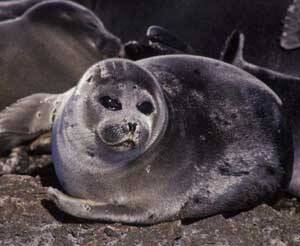
Phoca sibirica
Phoca sibirica,Baikal Seal,Siberian seal, freshwater seal
Baikal Seal (Phoca sibirica), also known as Baikal Seal in English, lives in···
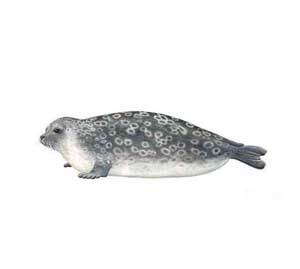
Phoca hispida
Phoca hispida,Ringed seal,Nordic seal, ice seal, ring seal
The scientific name of the ringed seal is Phoca hispida, and its foreign nam···
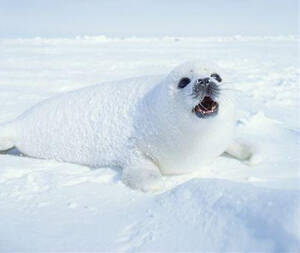
Pagophilus groenlandicus
Pagophilus groenlandicus,Harp Seal、Greenland Seal,Greenland seal, ice seal, Lyra seal, saddle seal
Harp seal (scientific name: Pagophilus groenlandicus) is also known as Harp ···
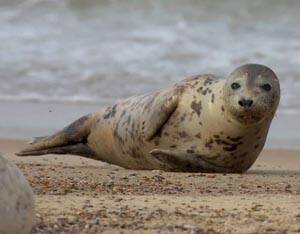
Phoca caspica
Phoca caspica,Caspian ringed seal, Phoca leucopus
The scientific name of the Caspian seal is Phoca caspica, an animal belongin···

